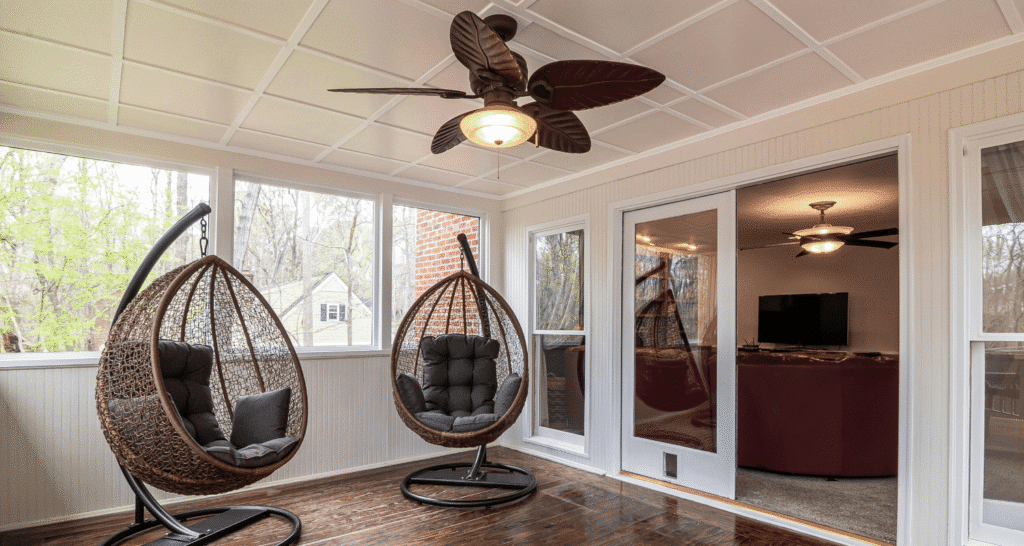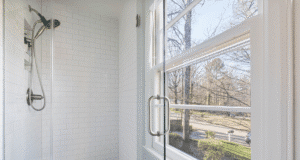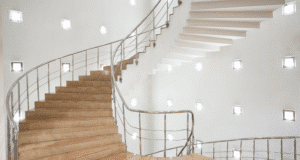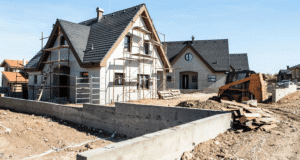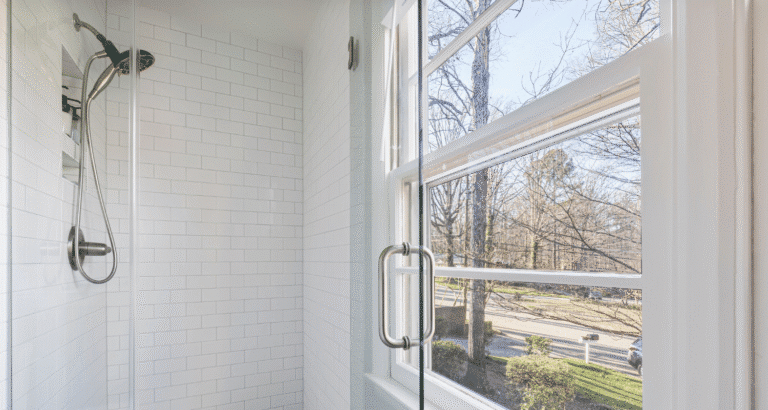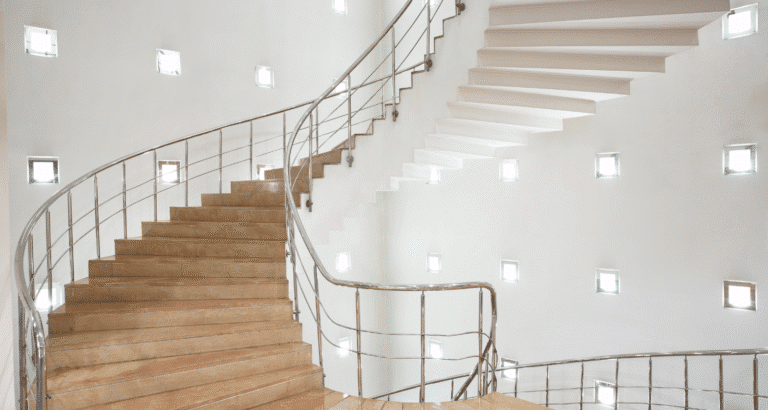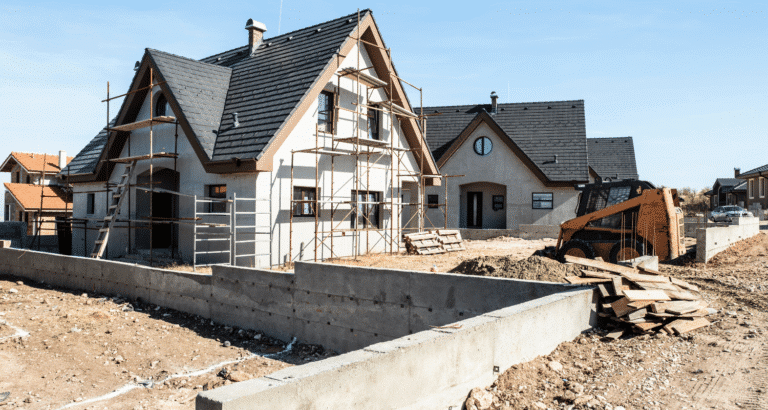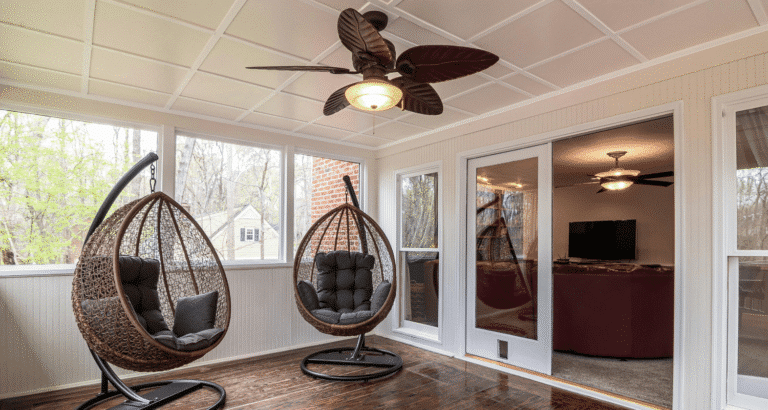Homeowners often look for ways to improve their living conditions without having to undertake a total reconstruction of their homes. Another popular solution is converting a patio into a sunroom.
This form of patio remodeling allows you to utilize the existing space with the added benefits of comfort, style, and functionality in your home. Whether you envision a private retreat in natural light or a multi-purpose family room, a sunroom addition can make a significant contribution to your lifestyle and property value.
Why a Patio Conversion Makes Sense
Converting a patio is a viable solution for creating more living space, as opposed to a major home remodeling project, which requires significant structural modifications. If you already have a solid patio base, converting it to a sunroom saves money and time compared to building an entirely new addition.
In addition to financial gains, the attractiveness of a sunroom lies in its ability to be used throughout the year. A sunroom can be enjoyed year-round, unlike an outdoor patio where weather conditions, such as rain, wind, and cold, might restrict use.
What a Sunroom Really Is
A patio enclosure, or sunroom, is designed to let in maximum natural light through windows or glass walls. It is a transitional space between the outside and the inside, a fusion of the two worlds.
A sunroom extension can be used as a dining room, a home office, a green retreat, or a relaxing lounge, depending on your preferences. Thanks to the versatility of sunroom design, homeowners can customize the layout and finishes to suit their preferences.
Planning Your Sunroom Remodel
The initial step in transforming a patio into a sunroom is to assess the current patio’s condition. The patio should be sturdy enough to support new frames, walls, and a roof. Reinforcement will also be needed in most instances to make the new structure stable.
After assessing the condition, a realistic budget is established. Prices vary significantly depending on whether you are constructing a three-season sunroom or a four-season sunroom, the quality of windows and roofing materials, and the complexity of the design you choose. A patio conversion is relatively cheaper than converting a pole barn to a house, and it provides a considerable upgrade nonetheless.
The design process should be geared towards the way you intend to use the space. Some homeowners would like to have a small room where they can read and relax, while others would prefer a large family room. The decisions made, depending on your application, include the placement of windows, insulation, heating and cooling systems, as well as interior finishes.
Sunroom Design Styles
There are various alternatives to consider when designing a sunroom extension. A three-season sunroom is designed for spring, summer, and fall. It tends to be poorly insulated and has large windows, thus it cannot withstand frigid winters. Conversely, a four-season sunroom is insulated, heated, and cooled, and ensures comfort throughout the year. This option will cost more, but it will function similarly to a home sunroom. Other homeowners are fond of a sunroom in the form of a conservatory, with as much glass as possible on the walls and ceiling, so that natural light floods the space and the room doesn’t feel closed off.
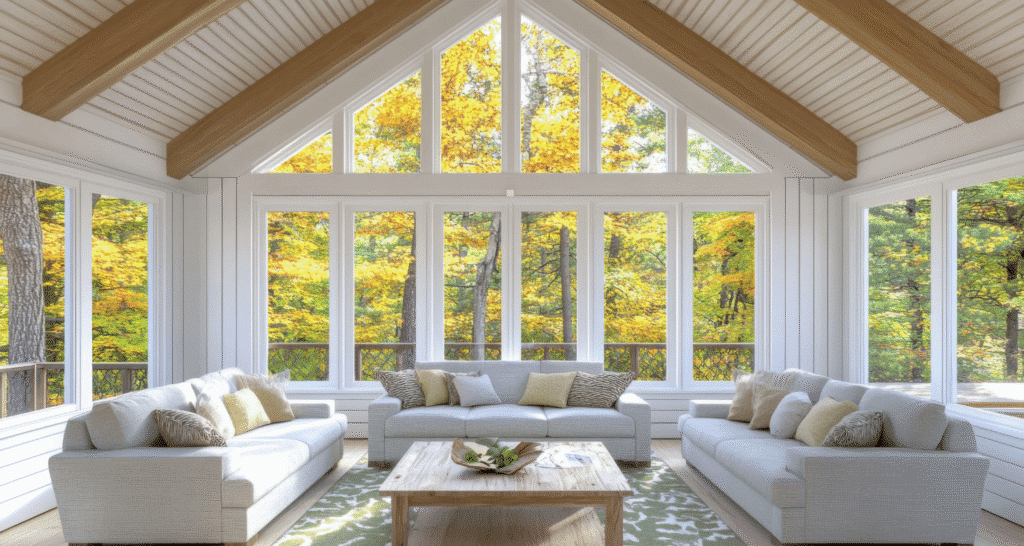
Materials and Construction
Patio enclosures require the right materials to be successful. The glass should be of high quality to make the house comfortable and energy-efficient. The choices available in framing material can include wood, which is warmer and offers character. In contrast, other materials, such as aluminum and vinyl, are less costly in terms of maintenance and are also durable. The roofing will either be similar to the existing home or made with glass panels to maximize sunlight.
You may use a professional remodeler or a qualified sunroom contractor to select the most suitable combination of materials that suits your climate, budget, and preferred aesthetic.
The Importance of Hiring Sunroom Contractors
Although some homeowners believe that adopting a do-it-yourself strategy is beneficial, the majority of patio conversions are well served when skilled sunroom contractors are employed. Professionals are familiar with the structural requirements, processes, and local building codes. The added benefit of using local contractors is that they possess knowledge of local weather patterns and laws. This guarantees your sunroom addition is not only beautiful but also secure, long-lasting, and compliant. The final benefit of hiring a professional remodeler is that costly errors are minimized, and your investment yields the best possible outcomes.
The Conversion Process
To convert a patio into a sunroom, the first step involves site preparation, inspection, and, if necessary, further strengthening of the foundation.
The preparatory stage is followed by the framing and enclosure stage, whereby walls, windows, and doors are fitted to form an enclosed area. The second phase entails roofing and insulation, which are vital to comfort and energy efficiency. Once structural work is complete, the interior build-out begins. The design is implemented through flooring, drywall, paint, and trim.
Lastly, the sunroom remodel is complete with furniture, lights, and little details that make the former patio a welcome addition to your home.
The Cost of a Sunroom Remodel
The cost of converting a patio into a sunroom varies depending on several factors. The size of the addition, the need for structural changes, the type of windows and roofing, as well as the amount of insulation, all affect the ultimate price.
A simple conversion of the patio could cost between $10,000 and $30,000, whereas a four-season sunroom expansion could cost between $30,000 and $80,000 or more. Although this is a significant investment, it is not as expensive as other types of home remodeling. The return in property value and daily enjoyment is significant.
The Benefits of a Home Sunroom
There are several benefits associated with adding a home sunroom. The most evident one is the influx of natural light, which is well-documented for boosting mood and well-being. It also provides more living space, which can be used for entertaining, hobbies, or even relaxing with family.
Having a properly planned sunroom can be considered a value addition to the property, making your house more appealing to prospective purchasers. Above all, it offers broad views of the outside world while retaining the comfort of the indoor environment. A sunroom is one of the most rewarding additions to your living area compared to other types of remodeling projects.
Challenges to Consider
Like any remodel, there are difficulties. An inadequately insulated sunroom can be scorching during the summer and too cold during the winter, thus limiting its functionality. Maintaining large glass panels can also be demanding. Additionally, when highly skilled individuals do not manage the project, the project may run into problems. Minimizing these risks can be achieved by engaging with reputable local builders or an expert remodeler who is experienced in handling the complexities of building a sunroom.
Conclusion
One of the best methods of extending the living space, apart from beautifying and increasing the utility of your home, is by converting a patio into a sunroom. The selection of the design for the sunroom and the contractors to do the work are key factors in the success of a project. It does not matter whether you are envisioning an easy-going patio enclosure or a complete four-season home sunroom; this type of remodel provides lasting comfort and value.
At Builders Group Construction (BGC), we specialize in converting patios to make them a sunny and inviting part of your home. We have the expertise in sunroom remodels and home remodeling, and we will assist you in designing a sunroom that not only suits your style but also adds value to your lifestyle. It’s also affordable.
FAQs
Can I convert my already built patio into a sunroom?
Yes, an old patio can often be converted into a sunroom. An expert remodeler or sunroom builder can assess the existing foundation and determine whether the new walls, windows, and roof will be stable on the existing foundation, and advise on any reinforcement that might be required to make the area safe and habitable.
How much does it cost to convert a patio into a sunroom?
Depending on the size, design, and materials used in converting the patio to a sunroom, the costs range between $10,000 and $90,000. The final price will be determined by factors such as insulation, window quality, and whether you prefer a three-season room or a four-season room.
Do you need a permit to turn a porch into a sunroom?
You will likely need permission to convert a porch or patio into a sunroom in most areas. The local building codes will require inspections to ensure the building complies with safety, electrical, and zoning regulations. Cooperation with local contractors facilitates the permitting process and enables compliance.
How much does it cost to build a 20×20 sunroom?
A 20×20 sunroom can cost between $50,000 and $100,000 or more, depending on the finishes and whether it is a three-season or four-season sunroom. Although the cost can be high, it will significantly add value and functionality to a home.

